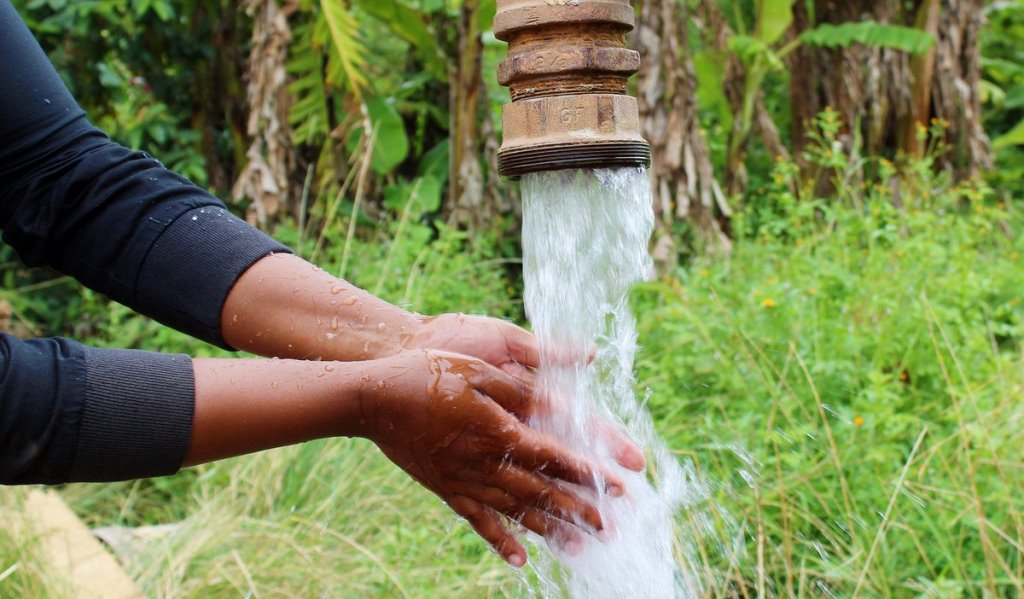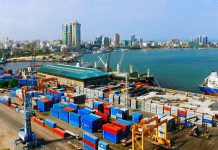AfricaPress-Tanzania: THE newly released 2018/ 2019 Controller and Auditor General (CAG) report revealed that only 58.7 per cent of the population living in rural areas have access to clean and safe water.
That was learnt in Parliament here in CAG Charles Kichere’s tabled annual audit report for the year ending June 2019 on Monday, with further indication that despite the percentage by 2017/18, not all the 12 sampled villages visited by Local Government Authorities (LGAs) were having access to the services.
Also, there was insufficient quantity supplied in the communities because the Ministry of Water and Irrigation, and Prime Minister’s Office, Regional Administration and Local Government (PORALG) had not ensured sufficient supply to them.
The noted reason for the inadequate access to clean and safe water was lack of proper planning associated with implementation in the projects.
This resulted in some structures being constructed without ensuring that they would have reliable water, hence causing storages again.
Equally, the audit revealed that the Ministry of Water and PORALG did not ensure sufficient quantity of water supply to the communities.
“This is because; most of the water supply projects implemented in some areas within the LGAs did not yield the quantity that was expected,’’ said Mr Kichere in his report.
For instance, it was noted that out of 42 productive borehole projects implemented in the visited three Urban Water Supply and Sanitation Authorities (UWSSAs), seven (equivalent to 17per cent) yielded less than the expected quantity of water.
The CAG report further detailed that there was also insufficient quality supplied to the communities, for instance, 709 out of 6,615 boreholes sampled and analysed estimated as 10.7per cent, did not meet the recommended quality standards for domestic use.
It was found out that the main constraining quality parameters were high contents of iron, manganese, fluoride, and nitrate in some water sources as well as microbial contamination.
However, despite the borehole tested water not meeting the quality standards, it was still supplied to the communities.
Further, it was found out that there was inadequate control of water sources, where agricultural and other human activities including built toilets released their contents close to the water sources.
The report revealed again that on average out of 73per cent of the population served with water, only 9per cent had access to sewer network and 91per cent depended on vacuum trucks to empty their pit latrines and septic tanks.
“Further, I noted that there was inadequate control in the implementation time of water projects and that caused delays for the completion. Here 81per cent of the water projects sampled did not complete on time,’’ said the CAG.
Delays according to Mr Kichere mainly ranged from 3 months to 4 years and were caused by inadequate supervision by the Ministry of Water, LGAs and Urban Water Sanitation Authorities.







